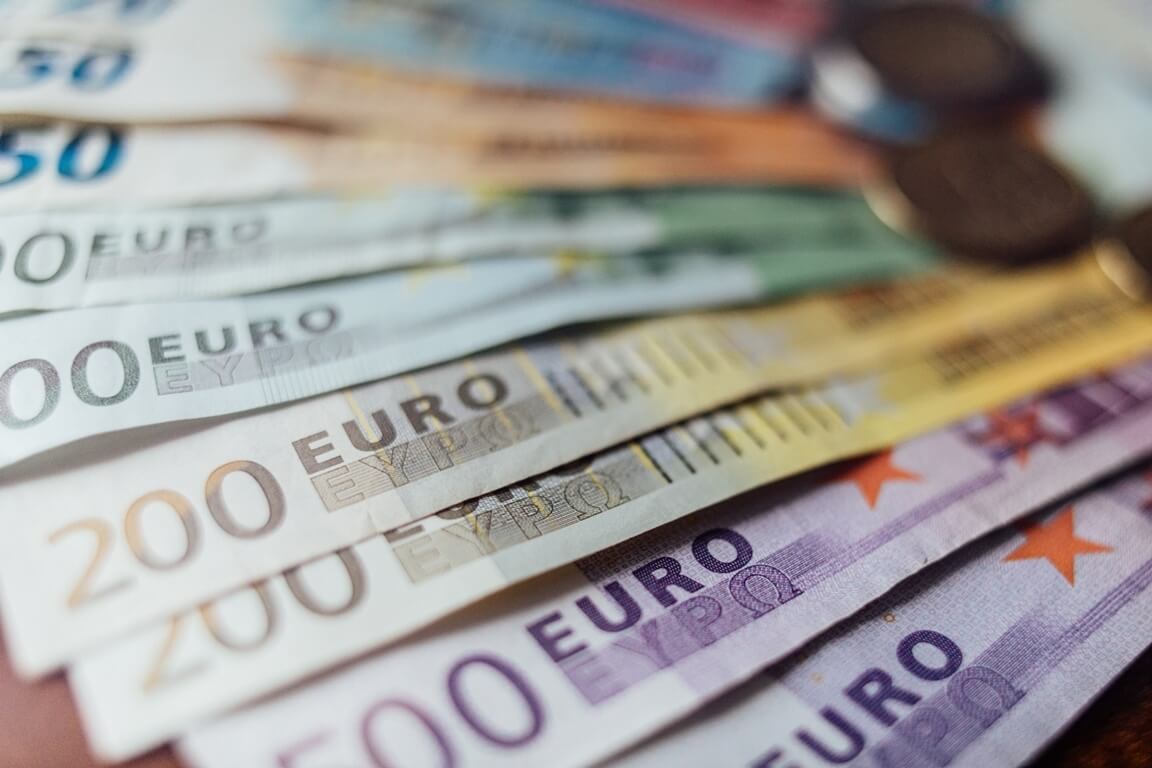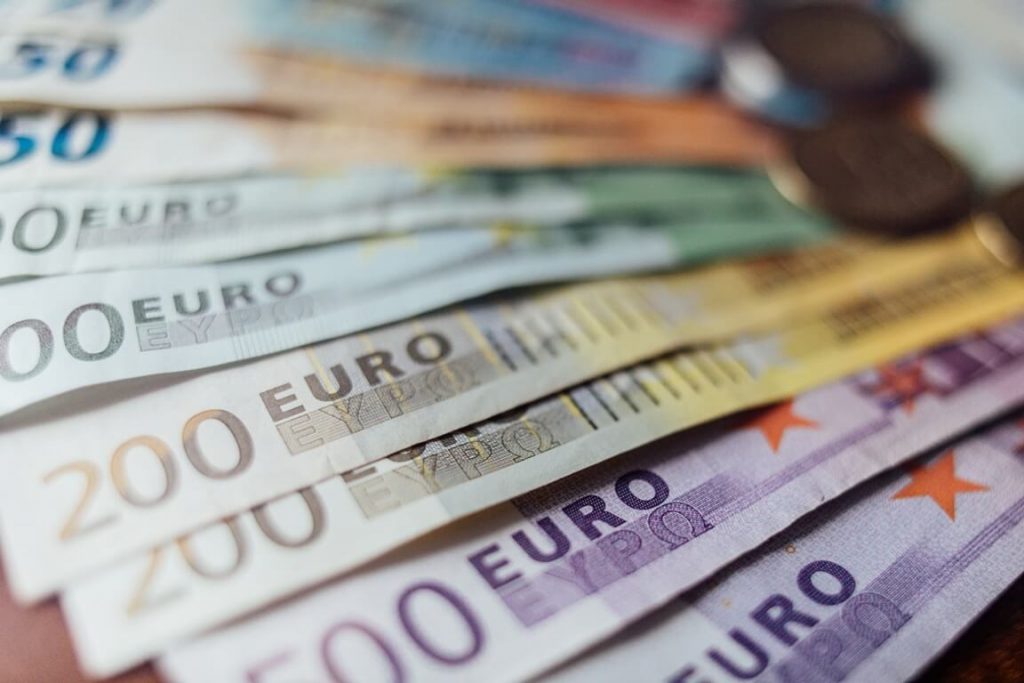
The Dollar Remained Low on Friday. What About the Euro?
The U.S. dollar traded near its seven-month lows today as investors worried about an economic slowdown that might be unavoidable. New data only increased such concerns across the forex markets. Despite that, the dollar climbed up 0.2% against a basket of six major currencies compared to the previous session. It exchanged hands at 102.17, holding slightly higher than Wednesday’s seven-month lows.
Overall, the index has plummeted by 1.3% this year. It had also shaved off 7.7% in the last three months of the last year. Traders expected the U.S. Federal Reserve to slow down the pace of interest-rate hikes. Such sentiment has pushed the greenback in the red.
On Friday, the Japanese Yen struggled while the dollar rebounded. The latter jumped to 129.26 against the Yen today. The Japanese currency experienced several volatile weeks. Market participants are betting that the Bank of Japan is preparing to shift its policy to a tighter stance. Thus far, the BOJ is the last major central bank employing loose monetary policy. Expectations of the possible change have driven a rally in the Yen. Consequently, the USD/JPY pair tumbled 14% in the past three months.
How Will the New Reports Influence Yen’s Moves in The Short Term?
New data showed today that Japan’s core consumer prices surged forward by 4.0% in December compared to a year earlier. That’s double the central bank’s 2% target. CMC Markets chief strategist Michael Hewson noted that the country now has an inflation problem that it hasn’t had in almost 40 years. He added that the USD/JPY would go lower, and it’s only a question of how quickly.
The BOJ decided in its meeting on Wednesday to maintain its ultra-loose monetary policy. Investors had expected the central bank to signal a change, though. Thus, this news weighed on the Yen. Carol Kong, the currency strategist at the Commonwealth Bank of Australia, stated that the BOJ would likely exit from negative interest rate policy and yield curve control by the end of June.
Moreover, several new U.S. reports released on Thursday indicated the world’s biggest economy was slowing down. The Fed hiked its interest rates multiple times, and some analysts expected such an outcome. Investors are preparing for an end to rate hikes by the middle of 2023.
Meantime, the number of U.S. citizens filing claims for unemployment benefits dropped last week, surprising economists. That points to another month of solid job growth and labor market tightness. CMC’s Hewson noted that the labor market had a storming start. At some point, there was going to be a bit of a pullback, and traders are seeing that now.
Market participants are now waiting for the first Federal Reserve meeting of the year. It’s scheduled for early February. In December, the central bank increased interest rates by 50 basis points after four 75 bps hikes. Thus, investors are anticipating another step down from the agency.
How Are the Euro and E.M. Currencies Trading?
The common currency remained flat at $1.0834 on Friday. On the other hand, the British Pound plummeted by 0.4% to $1.2342. According to new U.K. data, there was a surprise plunge in retail sales in December. British shoppers bought much less while spending more.
Furthermore, Asian EM currencies traded mixed today ahead of the Lunar New Year. The Malaysian ringgit and Philippine peso surged forward.
On Friday, Chinese officials announced that their battle against coronavirus was successful and the worst was over. China is preparing for one of the busiest periods (the Lunar New Year). The government allowed mass travel for the first time in almost three years. Consequently, shares in Shanghai soared by 0.7%, but the Chinese yuan continued to decline.
Meanwhile, robust U.S. employment data bolstered concerns of more Fed tightening, sending several E.M. currencies in the red. The South Korean won dropped by 0.2%, and Taiwan’s dollar shaved off by 0.1%. The Singapore dollar remained firm, though.
The ringgit rallied by as much as 0.4%, skyrocketing to its highest level in nine months. The Thai baht and Philippine peso added 0.1% each, as well. A university survey showed that Thailand’s consumer spending would probably soar by 13.6% to 45 billion baht over the Lunar New Year period. The Thai government expects to receive at least five million Chinese tourists this year.


